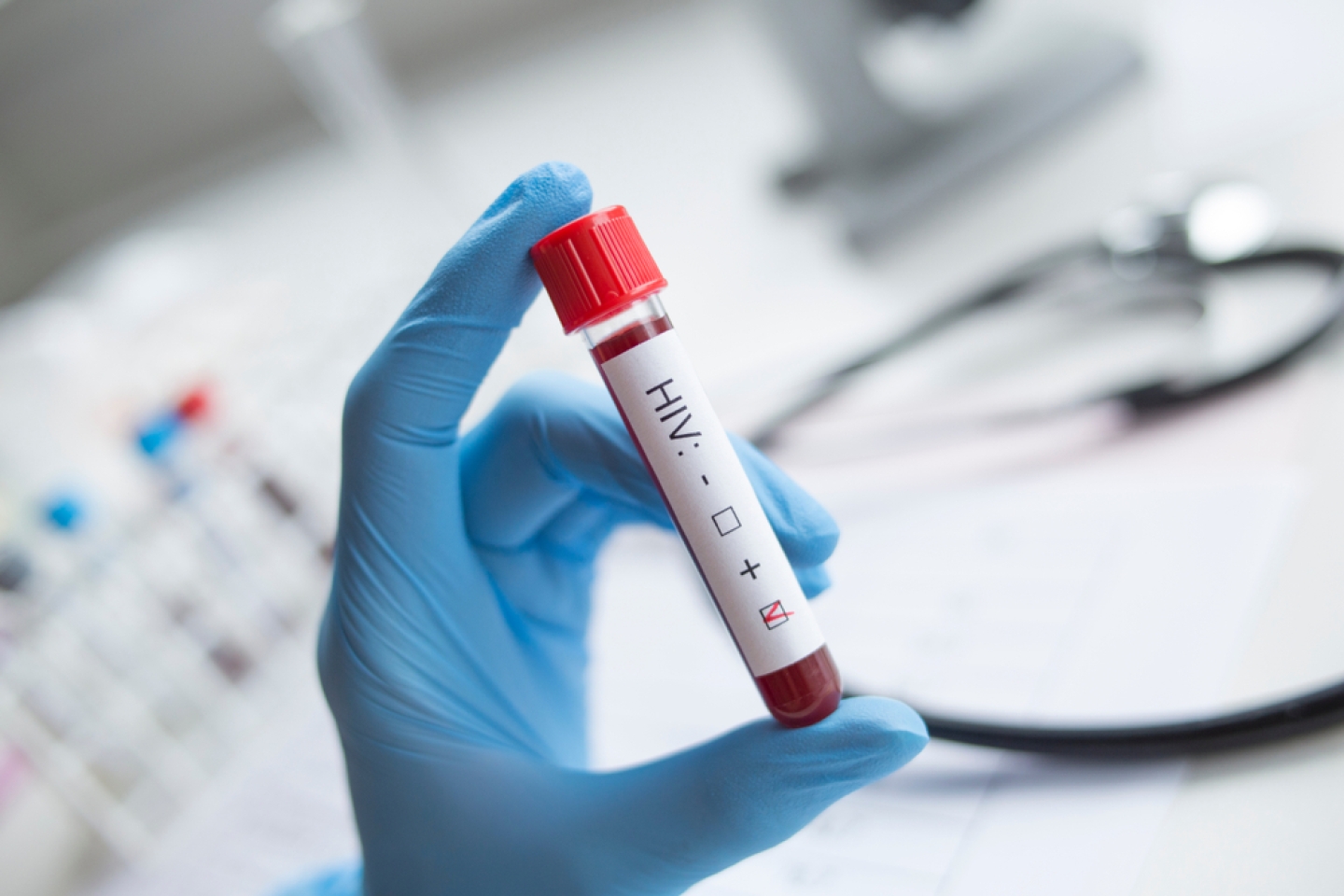
In the United States, women account for about 1 in 4 new cases of HIV) infection. Recognize National Women and Girls HIV/AIDS Awareness Day, on March 10 in 2024, by learning ways to protect your health year-round.
“STI rates are definitely on the rise in the United States,” says Lona Prasad, M.D., FACOG, board-certified gynecologist and assistant professor of Clinical Obstetrics and Gynecology at Weill Cornell Medicine. “Rates are highest in the under-25 age group. However, there's also been a rise in infections in the older population. Particularly those over 65.”
Even if you're not in a high-risk age group, it's essential for all women to understand HIV and AIDS and know the risk factors.
The immune system is the body’s natural defense against bacteria, viruses and other potentially harmful invaders. Because HIV attacks the immune system, the body is unable to protect itself the way it defends against other viruses.
Once a woman is infected with HIV, the virus multiplies inside her body, weakening the immune system. Having HIV is also called being HIV-positive (HIV+). If you do not have HIV, you are HIV-negative (HIV-).
Without treatment, HIV severely damages the immune system, making it difficult for the body to fight off other types of infections and some types of cancer. This advanced stage of HIV is called AIDS, which stands for acquired immunodeficiency syndrome.
There's no cure for HIV or AIDS. However, treatment is available to manage the virus and prevent it from worsening. With treatment, women with HIV can live long, healthy lives and help prevent the spread of the virus.
While women of every age, ethnicity, race, religion and sexual orientation can get HIV, the virus disproportionately affects Black and Latina women. Many factors contribute to this, including discrimination, lack of community resources and social stigma. Still, all women can take charge of their health and prevent or manage HIV.
More than eight in 10 women diagnosed with HIV got it from sexual contact with a man. Still, all sexual contact with an infected person brings the risk of HIV.
“There’s no risk of HIV spread with kissing, as it isn't transmitted through saliva,” Dr. Prasad says. “HIV is passed on through contact with blood, semen and vaginal fluid, and also anal mucus. So, one needs to be cautious when performing oral sex on her or their HIV-infected partner, as the infection could be spread through cuts or open wounds in or around the mouth. All partners should be tested regularly for all STIs, even in same-sex relationships.”
You also have an increased risk of getting HIV if you:
You cannot get HIV from casual contact, such as handshakes, hugs or sharing a bathroom with someone who has HIV.
In all people, untreated HIV leads to serious illness and infections. In women, HIV can also cause women’s health issues. Compared to women without the virus, women who are HIV-positive are more likely to experience the following:
Without treatment, women who are HIV-positive can also pass the virus to their babies during pregnancy or delivery or while breastfeeding.
You can’t tell if someone is HIV-positive by looking at them. The only way to know for sure if someone has the virus is through an HIV test. Knowing your HIV status can help you stay healthy and decrease the spread of HIV.
The Centers for Disease Control and Prevention recommends all people between ages 13 and 64 be tested for HIV at least once. Annual screening is also recommended for women with risk factors for contracting HIV. Even if you aren't at high risk, an HIV test is recommended if you have a new sexual partner or your partner has had a new sexual partner since your last HIV screening.
You can take an HIV test at home with a self-test kit, a community screening event or your next wellness exam. HIV screening is simple and painless. It involves rubbing a swab on your gums or giving a small blood sample from your finger.
If you're currently HIV-negative, a type of prescription medication called pre-exposure prophylaxis, or PrEP, is an effective way to prevent HIV infection. When you take PrEP as prescribed, it can lower your risk of getting HIV through sexual contact by about 99%. It can also reduce the risk of contracting HIV from injectable drugs by 74% or more.
With PrEP, having safer sex is still crucial. PrEP doesn’t lower your risk of getting another STI, and having another STI raises your risk of contracting HIV.
If you know or suspect you’ve been exposed to HIV, talk with your healthcare provider or an urgent care provider right away. A short course of medication called post-exposure prophylaxis (PEP) can help prevent you from getting HIV after exposure. This medication must be taken within three days (72 hours) of the exposure. The earlier you're able to start the medicine, the better.
A group of medications called antiretroviral therapy (ART) can help people with HIV manage the condition. With treatment, women who are HIV-positive can have healthy pregnancies, relationships and sex lives.
ART must be taken exactly as prescribed. If you stop taking the medications, the virus will worsen and eventually progress to AIDS. However, if you continue to take ART, the amount of HIV in your blood, called your viral load, can lower to the point where it is undetectable. If HIV is undetectable, your immune system can continue to work well, and there’s a significantly lower risk of passing the virus to someone else.
“It's important to be aware of the viral load in the infected partner,” Dr. Prasad says. “When the HIV load is stably suppressed and low, the transmission to the HIV-negative partner has really not been reported. This is usually achieved after six months of the infected partner starting their antiretroviral therapy.”
To learn more about preventing HIV or staying healthy with the virus, talk with a Weill Cornell Medicine women's health expert.